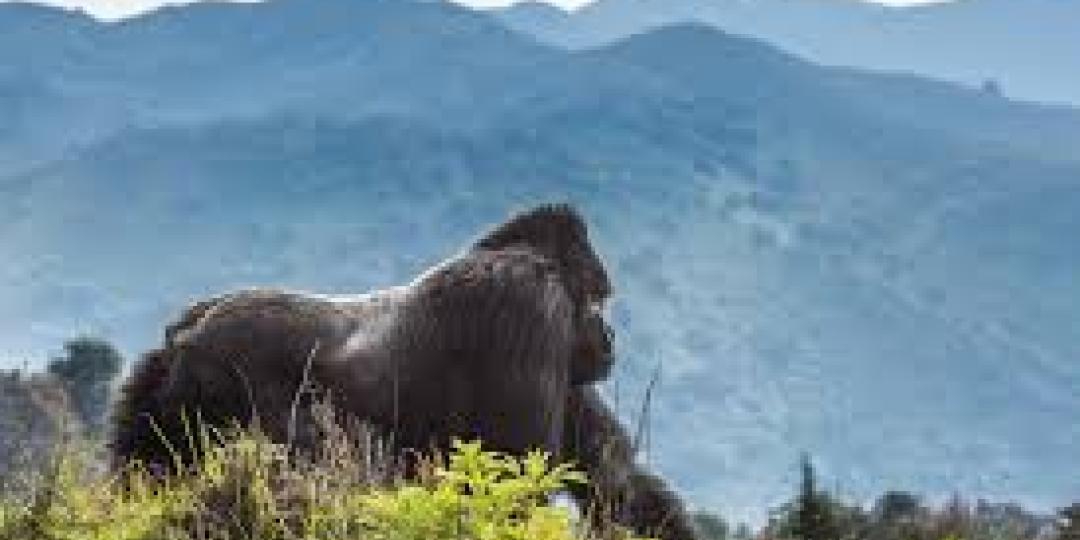In the context of rapidly declining biodiversity, it is crucial to grow the wildlife tourism industry, but conservation also needs to diversify its income and cannot rely solely on tourism.
This is according to Justin Francis, CEO of Responsible Travel, talking on a WTM panel session on Tuesday, titled ‘Tourism and Biodiversity, Friend or Foe?’.
Opening the session, Moderator Shaun Vorster, quoted a recent report that warned that about one million animal and plant species faced extinction, many within the next few decades. Vorster sits on the advisory board of World Tourism Forum Lucerne and was once adviser to former SA Tourism Minister, Derek Hanekom.
According to the report by Intergovernmental Science-Policy Platform on Biodiversity and Ecosystem Services, biodiversity is declining faster than at any other point in history.
Francis identified habitat loss and poaching as the two biggest issues facing conservation and said it was crucial to increase the amount of land under protection.
The way to do it, he said, was to grow nature- and wildlife tourism from what he described as a “tiny niche”. “If we can grow our industry responsibly, we can make a better case for protecting more land and nature.”
Moreover, he said it was essential that conservation did not rely solely on tourism for funding and suggested that funding could come from businesses investing in conservation as a way of offsetting their own footprint.
Vorster underscored the successful role that tourism had played in growing the gorilla population in Virunga, which has moved from critically endangered to endangered on the International Union for Conservation of Nature Red List of Threatened Species.
Lessons from Rwanda
Ariella Kageruka, Head of Tourism and Conservation Department at the Rwanda Development Board said transboundary collaboration and working with communities had been critical to this success.
In Rwanda, a tourism revenue-sharing scheme that has been in place for decades has, together with the private sector, invested more than US$5.5 million in over 700 community projects that are designed and implemented by the communities, such as schools, housing and health facilities.
“This has also helped to provide alternative livelihoods to these communities,” she said, highlighting that the communities around Rwanda’s national parks were the protectors and stewards of these national assets.























